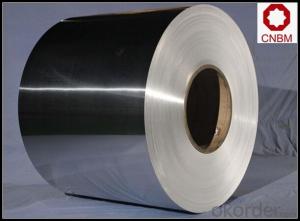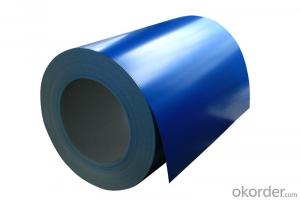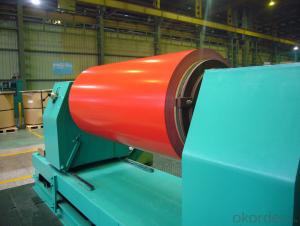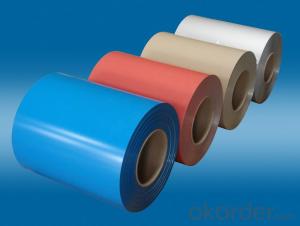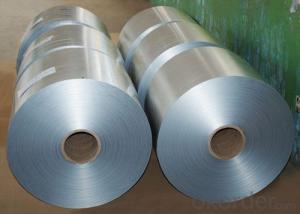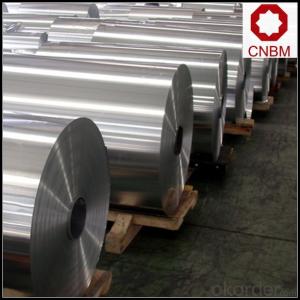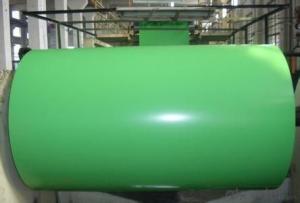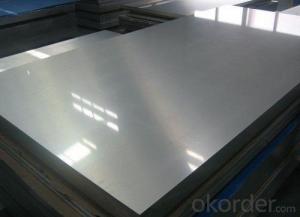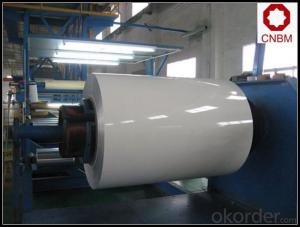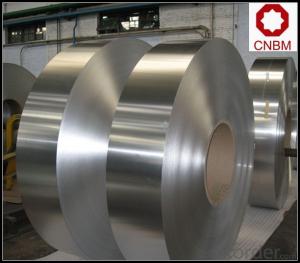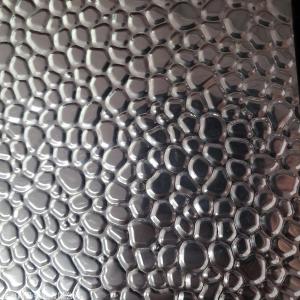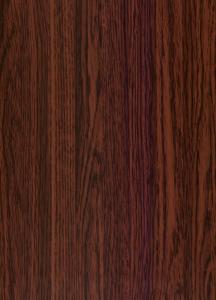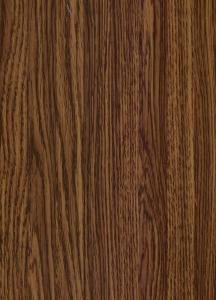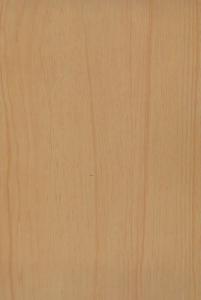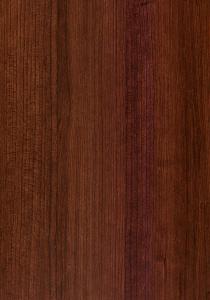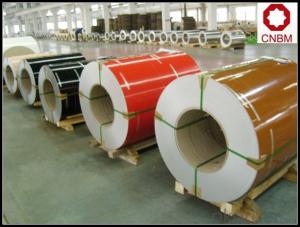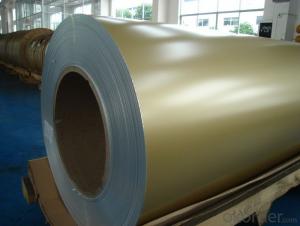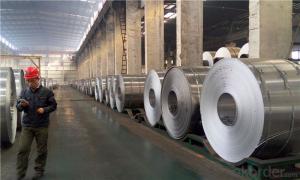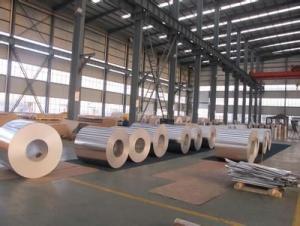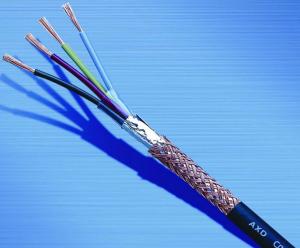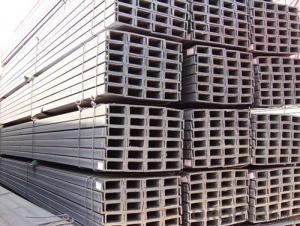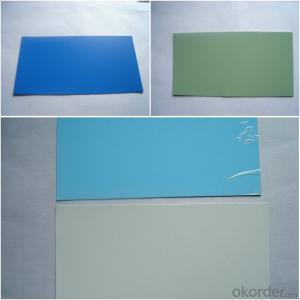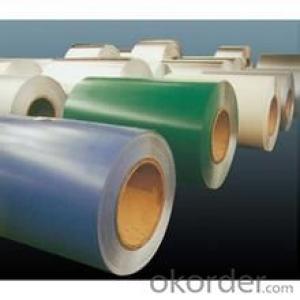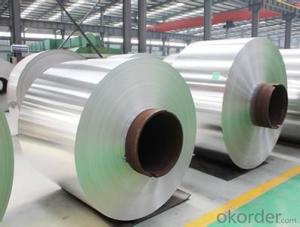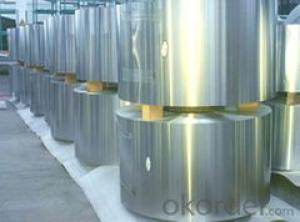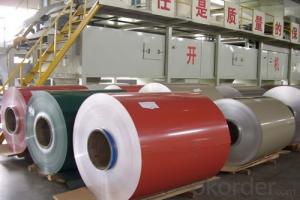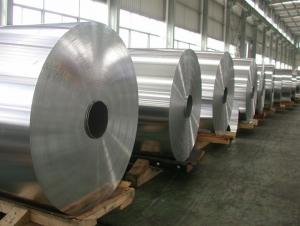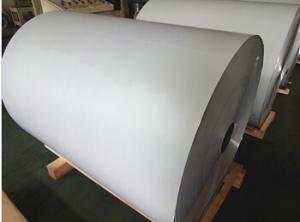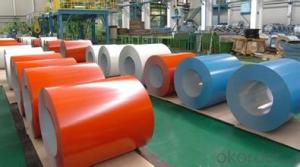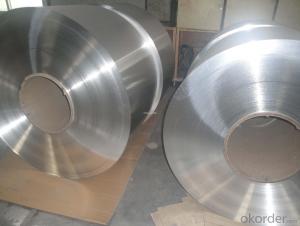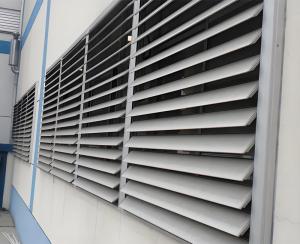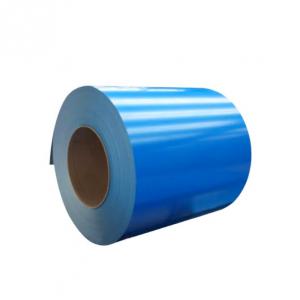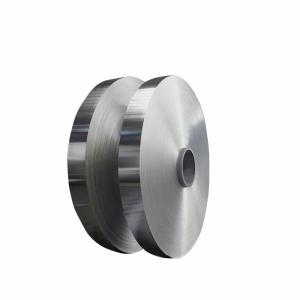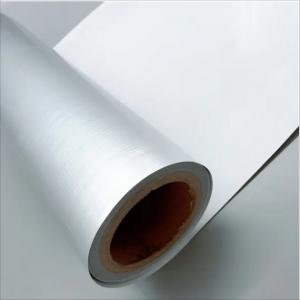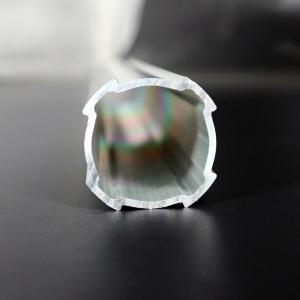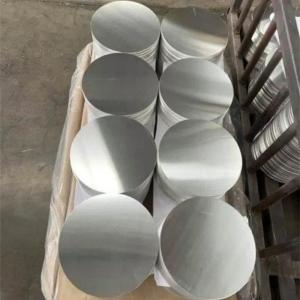Aluminum Channel Letter Coil
Aluminum Channel Letter Coil Related Searches
Channel Letter Aluminum Coil Aluminum Voice Coil Aluminum Copper Coil Aluminum Tube Coil Aluminum Coil Pipe Copper Aluminum Coil Aluminum Ac Coil Aluminum Wire Coil Copper Colored Aluminum Coil Aluminum Tubing Coil Colored Aluminum Coil Textured Aluminum Coil Aluminum Alloy Coil Aluminum Sheet Coil Anodized Aluminum Coil Aluminum A Coil Buy Aluminum Coil Aluminum Sheet Metal Coil Color Coated Aluminum Coil Aluminum Siding Coil Aluminum Fin Coil Aluminum Condenser Coil Polished Aluminum Coil Coil Aluminum Powder Coated Aluminum Coil Vinyl Coated Aluminum Coil Aluminum Strip Coil Aluminum Gutter Coil China Aluminum Coil Best Aluminum CoilAluminum Channel Letter Coil Supplier & Manufacturer from China
Aluminum Channel Letter Coil is a versatile product that consists of a coil of aluminum material, designed specifically for creating channel letters. These channel letters are commonly used in signage and display applications, providing a sleek and modern look for businesses and establishments. The aluminum coil is easy to work with, allowing for the creation of various letter shapes and sizes, making it a popular choice for sign makers and graphic designers.The application of Aluminum Channel Letter Coil is widespread, as it can be used in various usage scenarios such as outdoor and indoor signage, retail store displays, and even in architectural lighting. This product offers durability and resistance to weather conditions, ensuring that the letters maintain their appearance and function over time. Additionally, the aluminum material gives the letters a professional and polished look, enhancing the overall aesthetic of the signage.
Okorder.com is a leading wholesale supplier of Aluminum Channel Letter Coil, boasting a large inventory of this product to cater to the needs of various customers. With their extensive selection, customers can find the right coil for their specific project requirements. Okorder.com's commitment to quality and customer satisfaction makes them a reliable source for purchasing Aluminum Channel Letter Coil, ensuring that clients receive the best product for their signage and display needs.

